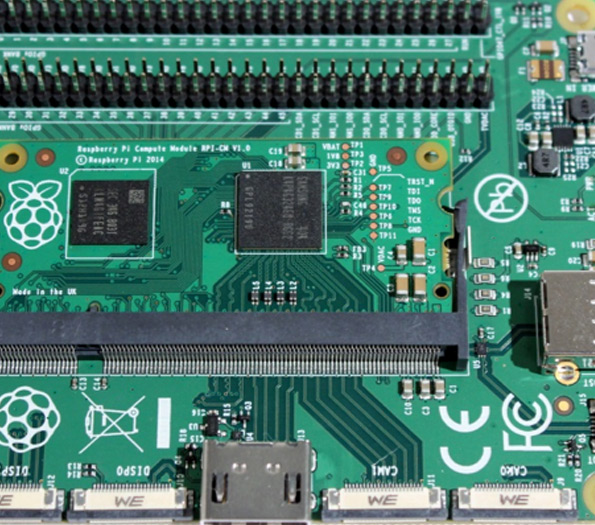

The Benefits of Passive Low-E Glass in Modern Architecture
Passive low-emissivity (Low-E) glass has emerged as a key player in energy-efficient building design, offering a blend of aesthetic appeal and substantial energy savings. As the world becomes increasingly aware of the implications of climate change, incorporating materials that promote sustainability is no longer just an option—it's a necessity.
The Benefits of Passive Low-E Glass in Modern Architecture
Moreover, passive low-E glass contributes to a building's overall environmental footprint. By optimizing energy efficiency, it reduces the fossil fuel consumption associated with heating and cooling. This helps lower greenhouse gas emissions, aligning with global goals for sustainability and energy conservation. As governmental policies increasingly encourage energy-efficient practices, using passive low-E glass can position builders and homeowners favorably within these regulatory frameworks.

In addition to energy efficiency, low-E glass enhances occupant comfort. Its ability to filter, regulate, and diffuse sunlight provides a more consistent indoor temperature, which is crucial for overall well-being. Furthermore, the clarity of low-E glass does not sacrifice aesthetics; it offers a modern, sleek appearance that complements contemporary architectural designs.
Another significant advantage is the potential for enhanced property value. Buildings that feature energy-efficient technologies, such as passive low-E glass, often appeal more to environmentally-conscious buyers. As the real estate market increasingly favors sustainability, properties equipped with low-E glass may see a rise in demand, translating to higher resale values.
In conclusion, passive low-E glass is not merely a construction material; it embodies the future of sustainable architecture. With its ability to improve energy efficiency, occupant comfort, and environmental sustainability, it stands as a testament to how innovative materials can lead to a harmonious coexistence between modern living and ecological responsibility. Embracing this technology is not only beneficial for individual buildings but also contributes to a greener, more sustainable planet.